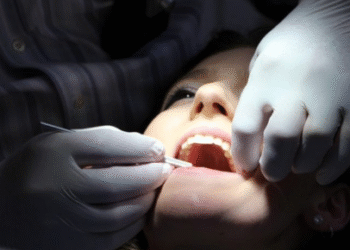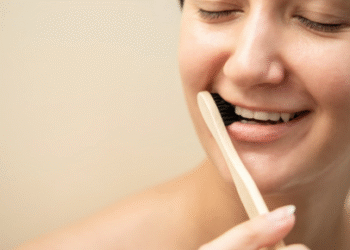
Dental health is an integral part of overall well-being, and one of the most common solutions for restoring damaged teeth is the use of dental crowns. With advancements in dental technology, there are numerous types of crowns available to cater to different needs and preferences. From achieving a natural appearance to ensuring the longevity and strength of a restoration, each option brings its own strengths to the table.
In this blog post, we’ll discuss the various types of dental crowns, highlighting their unique features and considerations. By understanding these, you can make informed choices about your dental care that align with both functional and aesthetic priorities. Read on!
Porcelain Crowns
Made from ceramic material that closely mimics the color and translucency of natural teeth, porcelain crowns are highly regarded for their natural appearance. This makes them an excellent choice for restoring front teeth where aesthetic considerations are paramount. While porcelain crowns are visually appealing, they may not be as strong as other options, which can lead to increased susceptibility to chipping or cracking under excessive force.
Metal Crowns
Metal crowns are known for their exceptional durability and strength. Typically made from metals like gold, palladium, or nickel, these crowns are capable of standing up against heavy biting and chewing forces. Additionally, they wear down slowly and are less likely to chip. However, their metallic color renders them a less desirable choice for visible teeth, which is why they are often used for molars at the back of the mouth.
Porcelain-Fused-to-Metal (PFM) Crowns
Porcelain-fused-to-metal crowns combine the aesthetic appeal of porcelain with the strength of metal. They consist of a metal structure overlaid with porcelain, offering a good balance of durability and appearance. The metal underneath can sometimes become visible as a thin line at the gum line, especially if gum recession occurs. Despite this, PFMs remain a popular choice for their strong performance and aesthetic versatility.
All-Ceramic or All-Porcelain Crowns
All-ceramic or all-porcelain crowns provide excellent aesthetic results due to their ability to match the natural tooth color. These crowns are entirely made of porcelain or a similar ceramic material without any metal base, making them biocompatible and thus a suitable option for people with metal allergies. They present a good cosmetic solution for front teeth and are increasingly being used for back teeth due to advancements in their strength and durability.
Zirconia Crowns
Zirconia crowns are crafted from zirconium dioxide, a very strong material that offers both longevity and a pleasing appearance. They can be translucent, closely resembling the appearance of natural teeth, which allows for their use in both anterior and posterior applications.
The strength of zirconia crowns makes them resistant to chipping and staining, and they require less tooth preparation compared to other crowns. Their robust nature and aesthetic harmony position them as a favorable choice for many patients.
Composite Resin Crowns
Composite resin crowns are created from a tooth-colored composite material and are typically more affordable than other types of crowns. While they can achieve a decent level of cosmetic appearance, they are less durable and may wear down more quickly over time. However, they can be easily repaired if damaged, which can be a beneficial feature for certain dental conditions. Their cost-effectiveness serves as an attractive choice for temporary crowns.
Choosing the right dental crown requires careful consideration of the specific needs of your teeth as well as your personal aesthetic preferences. While options like porcelain, metal, porcelain-fused-to-metal, all-ceramic, zirconia, and composite resin crowns each offer unique benefits, the best choice often depends on the balance between durability, appearance, and cost.
To ensure you select the most suitable dental crown, consulting with a dentist near you, like Magnolia Dental, is essential. They can guide you through the options, taking into account your oral health and cosmetic aspirations. Prioritize seeking professional guidance to guarantee a choice that best fits your long-term wellbeing and smile goals.










